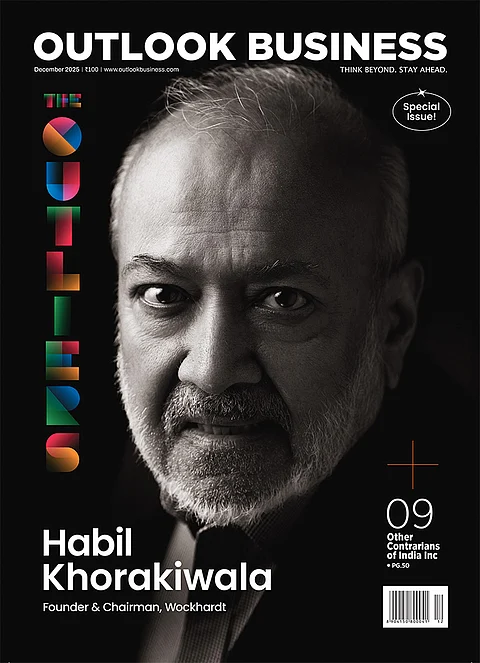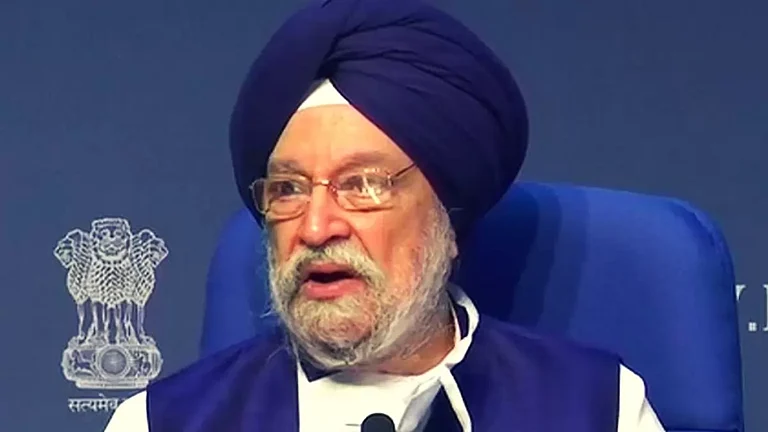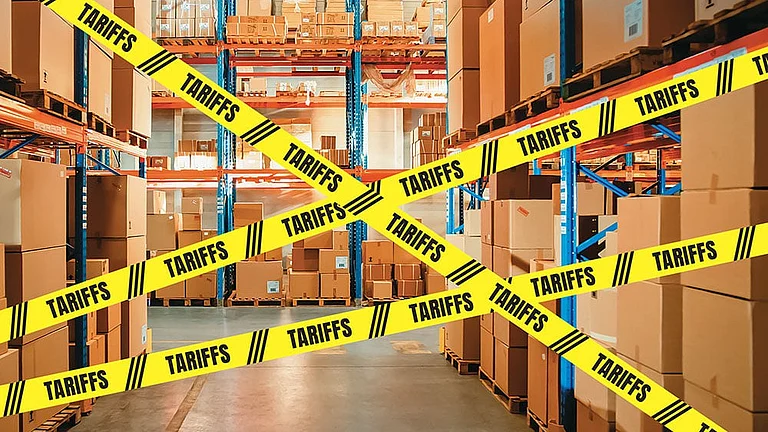
Electronics exports jumped 42% to $22.2bn in H1 FY26, led by iPhones
Smartphone PLI and local assembly drove growth; Apple about $10bn exports
Petroleum exports fell 16.4% to $30.6bn; could be overtaken by FY28
Outlook hinges on PLI expansion, supply-chain localisation, and crude geopolitics shifts
India’s electronics exports are surging so fast they could displace petroleum products as the country’s second-largest export category within a few years, ET reported.
Electronics shipments reportedly jumped 42% to $22.2 billion in the first half of FY26 from $15.6 billion a year earlier, driven largely by smartphone output, notably Apple iPhones, while petroleum product exports fell 16.4% to $30.6 billion.
At that pace, analysts estimate electronics could overtake petroleum by around FY28, leaving engineering goods firmly in first place at $59.3 billion in H1 FY26.
Why are Electronics Climbing?
The rise is concentrated in mobile phones and components. Smartphone incentives under the government’s Production-Linked Incentive (PLI) scheme, plus growing local assembly and contract manufacturing, have powered a sharp increase in shipments.
Apple alone accounted for roughly $10 billion of iPhone exports in the six-month period, representing about half of total electronics exports.
Petroleum’s decline reflects both weaker international demand and the erosion of the price advantage Indian refiners had from discounted Russian crude. With geopolitical pressure and tighter U.S. scrutiny of Russian oil flows, the cheap-crude arbitrage that fuelled earlier petrol exports is waning, analysts say, a structural headwind that could accelerate petroleum’s fall down the export rankings.
Growth Outlook
Electronics rose from the seventh-largest export category in FY22 to the fastest-growing among the top 10 in FY25 and the quickest across all 30 categories in H1 FY26.
Over three years, electronics exports increased about 63% (from $23.5bn in FY23 to $38.5bn in FY25). By contrast, petroleum exports have fallen markedly since FY23 (from $97.4bn that year to $63.3bn in FY25). If current trends persist, the gap between petroleum and electronics, already narrowed to roughly $16bn in FY26 estimates, could close by FY28.
The trajectory depends on several variables: continuation and expansion of PLI incentives, the pace at which global buyers shift supply chains to India, and changes in crude-oil sourcing and geopolitics.
A rebound in crude-linked refining margins or policy shifts that restore Russia-linked advantages would slow petroleum’s decline; conversely, stronger localisation of electronics supply chains would accelerate the sector’s rise.

































